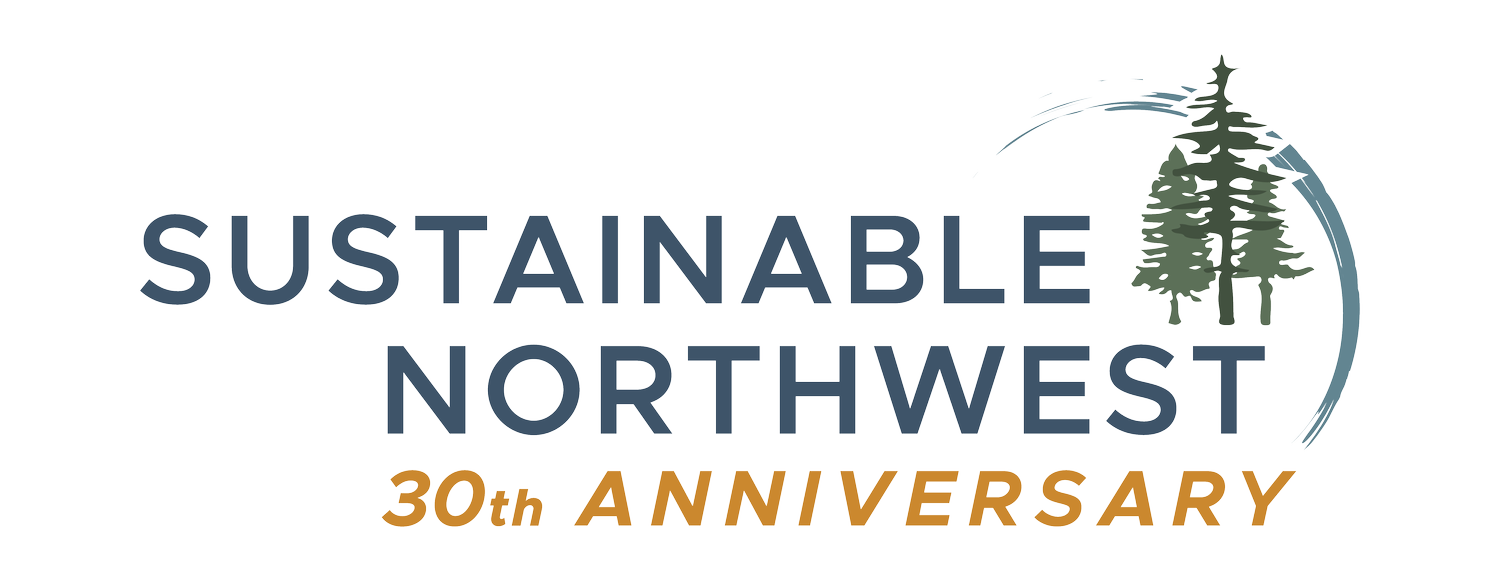Working Towards Water Balance in the Klamath Basin
Drought was once an anomalous event in the Klamath Basin and throughout the West. Typically, the impacts from a drought would last for one or two tough years, then we could breathe a sigh of relief when the rains and snows would return. The moisture would saturate dry soils, replenish our water supply, and wash away any motivation to change long-standing water management practices along with it.
However, drought has become the new status quo, and abundance is now the anomaly. Year after year, the Klamath Basin continues to suffer devastating ecological, financial, and societal impacts related to prolonged drought. Recent snow and rainfall have made a small dent in the water deficit, but a few wet months are unlikely to reverse the cycle of extreme drought that has become our new normal.
The compounding effects of drought and over-allocated water resources are forcing new and often difficult decisions by the Basin’s water resource planners. These changing hydrologic realities bring opportunities to look at practices that demand less water, and use programs to motivate and monetize how landowners manage their lands.
Local, state, and federal agencies recognize the significant losses agriculture has suffered due to management changes imposed by the 2021 drought and water shutoffs, and have provided extraordinary economic relief to some producers. As crucial as these payments have been in preserving livelihoods, they are unevenly distributed between the on-and-off-project irrigators throughout the Basin. Most producers, state, and federal policy makers agree that relief funding alone is not a sustainable solution.
If we want to create long-term structural change in the Basin, drought-relief payments must be paired with incentive programs that motivate landowners to adapt their practices to be more drought-resistant. By financially compensating producers to voluntarily reduce herd size, enroll property into working lands easements, reduce irrigation, enhance native grasses and protect wetlands, landowners can transition from untenable water usage to drought-resilient sustainable management.
Supporting landowners in this transition will also reduce the burden on our over-allocated water resources, while providing significant ecological, water quality, and water quantity benefits. In the face of this new drought paradigm and its unequivocal threats, there is a need and opportunity for increased incentives to motivate producers to adapt their practices to be more drought-resilient and sustainable. We need more state and federal funding to support landowner access to these types of incentive programs, and we must effectively message their myriad benefits.
To this end, it has been shown that an intermediary nonprofit organization who coordinates water users and the federal/state funding agencies can be an effective part of the ultimate solution. SNW and our Basin partners welcome that role, and we look forward to working closely with state and federal agencies to help accelerate the accessibility of program enrollments, as well as seek market-based solutions for working lands.
As difficult as it can be to accept climate and related hydrology changes, we must accept and adapt to preserve agriculture’s vital presence in the Klamath Basin.
Kelley Delpit
Klamath Basin Manager
kdelpit@sustainablenorthwest.org




